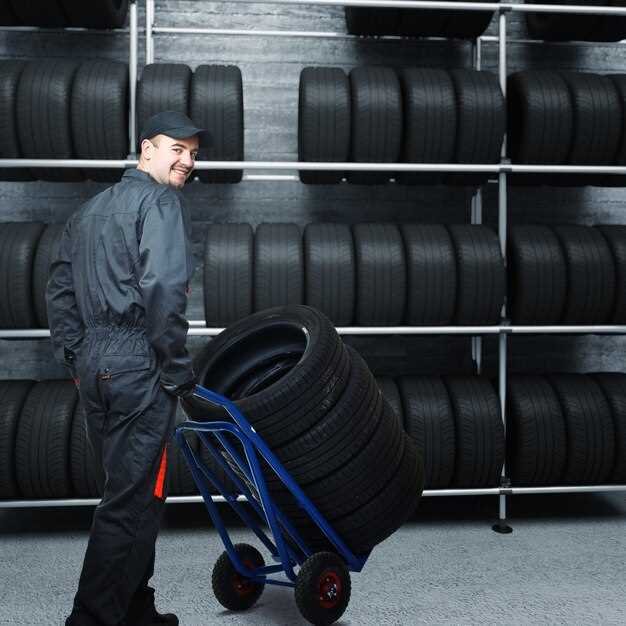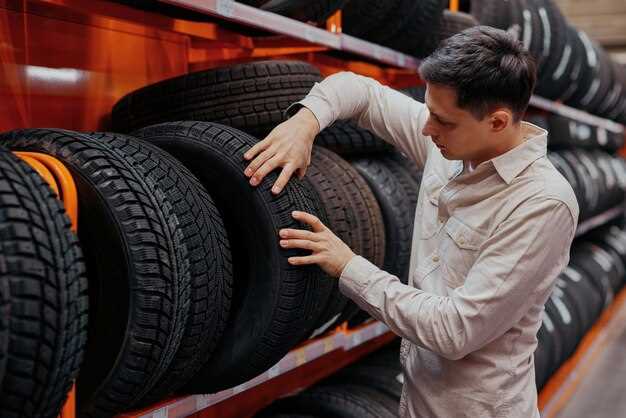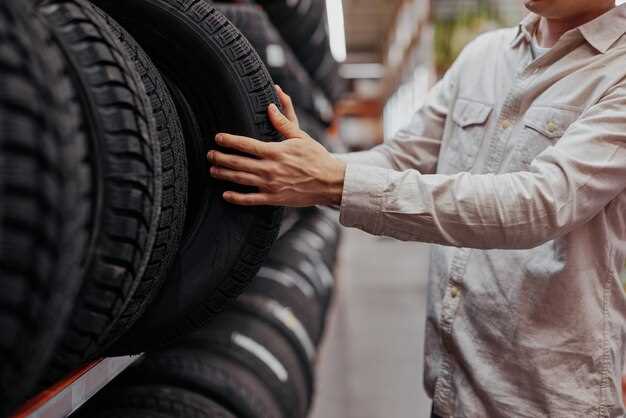

Proper storage of extra wheels and tires is essential for maintaining their quality and performance. Whether you are an avid car enthusiast or simply someone who likes to stay prepared for seasonal changes, knowing how to care for and store your spare tires can save you time and money in the long run. With the right approach, you can ensure that your tires remain in top condition until you need them again.
When it comes to caring for tires, understanding their unique properties is crucial. Tires can degrade due to environmental factors such as moisture, sunlight, and temperature fluctuations. This makes it imperative to choose an appropriate storage environment that minimizes exposure to harmful elements. Additionally, how you position and stack your tires can impact their longevity, so it’s important to follow best practices for storage.
In this article, we will explore essential tips on safely storing your extra wheels and tires. From selecting a suitable location to the proper methods of stacking and covering them, these guidelines will help you preserve the integrity of your tires and extend their lifespan. By following these tips, you can ensure that your extra wheels are always ready for use when you need them.
Choosing the Right Storage Location for Tires

Selecting the appropriate storage location for your tires is crucial to ensure their longevity and performance. Consider the following factors when determining where to store them.
First, aim for a cool, dry area. Excessive heat and humidity can degrade rubber compounds, leading to cracking and diminished lifespan. A climate-controlled environment is ideal, especially if you live in an area with extreme weather conditions.
Next, avoid direct sunlight. UV rays can cause significant damage to tires, resulting in accelerated wear and potential failure. Ensure the storage space is shaded or dark to protect your tires from harmful radiation.
Maintain proper ventilation in the storage area. Good airflow helps prevent moisture buildup, which can promote mold and deterioration. Avoid sealing tires in airtight containers, as this can trap moisture and create a breeding ground for damage.
Consider accessibility when choosing your storage space. Tires should be stored in a location that allows for easy retrieval and handling. This is especially important if you need to swap them out seasonally.
Lastly, keep tires off the ground to prevent deformation. Use tire racks or pallets that allow air circulation underneath. Storing tires upright, stacked or mounted on rims can also help maintain their shape and integrity.
Methods for Storing Tires Without Damage

Proper storage of tires is essential to maintain their performance and extend their lifespan. Here are some effective methods to consider when storing your tires:
1. Clean Before Storing: Always clean your tires thoroughly before storage. Remove dirt, mud, and brake dust to prevent any corrosive materials from damaging the rubber during the storage period. A simple wash followed by drying will suffice.
2. Use Tire Bags: Place tires in breathable tire bags to protect them from dirt and UV rays. Avoid plastic bags, as they can trap moisture, leading to mold growth. Breathable bags allow air circulation while keeping contaminants out.
3. Store in a Cool, Dark Place: Keep your tires in a cool, dark environment. Excessive heat and direct sunlight can degrade the rubber over time. A climate-controlled area, such as a garage, works best to prevent extreme temperature fluctuations.
4. Avoid Flat Surfaces: For tires without rims, it’s best to store them upright to avoid deformation. Stack tires horizontally only if you must but avoid placing heavy items on top. For mounted tires, hanging on a wall or a rack is ideal.
5. Maintain Proper Pressure: If your tires are still mounted on the wheels, ensure they are inflated to the recommended pressure before storage. This practice helps maintain their shape and prevents cracking.
6. Regular Checks: Check your stored tires periodically for any signs of damage or deterioration. Look for cracks, bulges, or changes in texture. Early detection could prevent further damage and help you decide if they need replacing.
By following these guidelines, you can store your tires effectively, ensuring they remain in optimal condition for whenever you need them again.
Cleaning and Maintaining Tires Before Storage
Before placing your tires in storage, it is crucial to ensure they are properly cleaned and maintained. Start by removing any dirt, debris, or brake dust from the tire surface. Use a soft-bristle brush and a mild soap solution to gently scrub the tires, making sure to pay attention to the sidewalls and tread patterns. Rinse thoroughly with clean water to eliminate all soap residues.
Once cleaned, inspect each tire carefully for signs of damage, such as cracks, bulges, or worn tread. Address any issues immediately, as storing damaged tires can lead to further deterioration. After inspection, allow the tires to dry completely before storing them to prevent mold and mildew growth.
Applying a tire conditioner or dressing can help maintain the rubber’s flexibility and prevent it from drying out while in storage. Choose a product specifically designed for tires and follow the manufacturer’s directions for application. Ensure that the tires are stored in a cool, dry place away from direct sunlight, which can cause premature aging.
Lastly, consider stacking the tires vertically if they are not mounted on rims, or keep mounted tires spaced apart. Proper cleaning and maintenance can extend the life of your tires, ensuring they are ready for use when you need them again.






